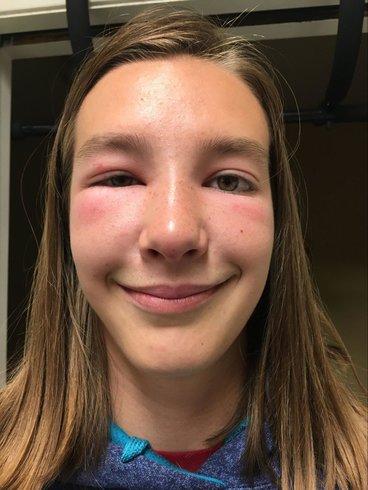Written by Matteo Bellazzini and Nick Ramberg

This week, we spoke to Rachel Runzheimer, a junior in the Ecological and Environmental Engineering specialization, about her summer internship working with Wisconsin honey bees and sustainable cranberry growth.

These past two summers Runzheimer has been working for the University of Wisconsin Madison in the Gratton Lab. As a field technician, she got to work with many different bee hives throughout the Madison region, where she is originally from. As a field technician she monitored bee and hive health while collecting data about standard temperature, humidity, beehive formation and taking note of the hive climate and ecosystem. This data collection allowed the University of Wisconsin Madison to gauge the bees overall health and ability to continue to pollinate the booming cranberry fields of southern Wisconsin.
In addition to monitoring honey bees in their cranberry fielded homes, Runzheimer conducted laboratory work to determine bee health and hive productivity. Runzheimer explained that a honey bee's health can be gauged by its size and fat concentration. Not only is it vital to gauge the bees' health for the cranberry industry, but it is necessary to monitor their environmental wellbeing. This way, researchers can accurately keep a gauge on the health and wellbeing of pollinators in southern Wisconsin.

Once the cranberry fields are through with their pollination cycles, the bees are then taken back to ecologically biodiverse bee fields, where they are kept and nurtured to produce honey. Come winter, the bees are sent to California to promote the growth of Californian Almonds.
Runzheimer is no stranger to the honey bee. She grew up with honey bees, having beehives in her own backyard. This sparked a lifelong interest in honey bees.
This story was originally featured in the BBE student newsletter as part of a series written by undergraduate students, Matteo Bellazzini and Nick Ramberg.